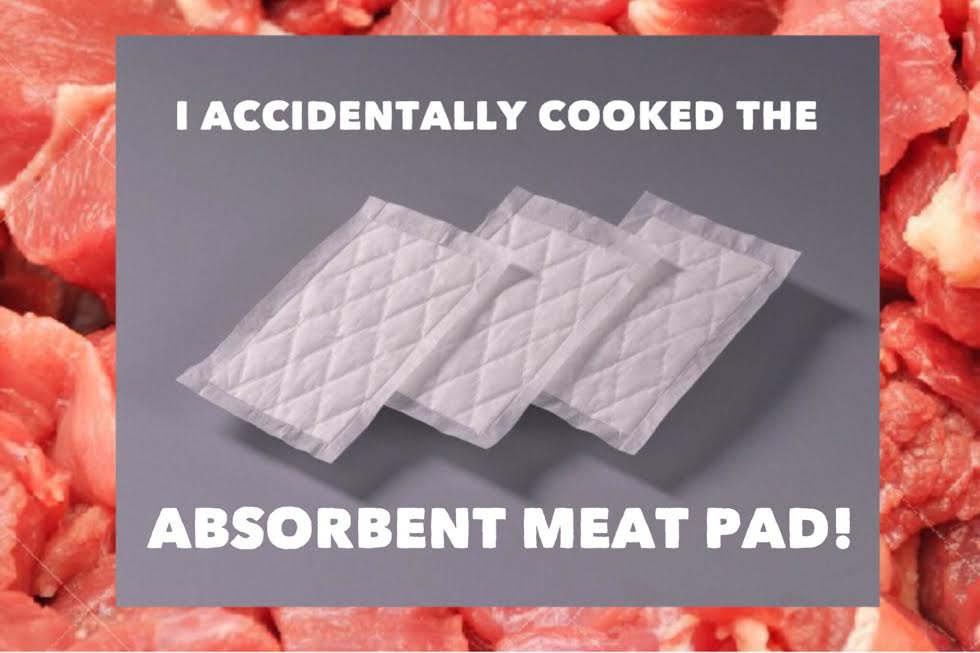

The water molecules in the liquid phase are chemically bound to the SAP molecules, preventing the release of the liquid even under moderate pressures (up to 50 psi). Upon contact with the SAP media, liquid is immediately drawn into the SAP’s highly cross-linked crystal structure through osmotic pressure differences and hydrogen bonding. To achieve similar absorption volume with traditional materials, such as paper towels, sawdust, and fluff pulp, as much as 1 to 2 times the fluid volume would be required, and any pressure causes the liquid to release back out.ĭuring manufacture of absorbent pads, g ranular sodium polyacrylate SAP material is inserted into the interior of the pad fabric layers. SAPs are capable of absorbing 300-400 times their own weight in liquid and can also retain the liquid under pressure and vibration. The secret ingredient in the modern absorbent pad, which are found in grocery stores across the world, is superabsorbent polymers (SAPs).

Have you ever wondered how those thin pads under your ribeye steak absorb and hold so much liquid? Yet a similar size paper towel can only absorb a fraction of the same volume and releases the liquid when any pressure is applied.


 0 kommentar(er)
0 kommentar(er)
